How Marxist theory has entered the mainstream, and how radical, Christian ‘counter-revolutionary’ beauty is the response that will save the world.
This the third in the series. In Parts 1 and 2, I discussed how the contemporary art world presents itself as Postmodern, but in fact is in fact just Marxist ideology intent on desctrution of the tradition, faith, family and the Church. Here I consider the various forms that it appears in the contemporary worldview, going beyond the art world, and how a Christian culture of beauty ought to be part of the response.
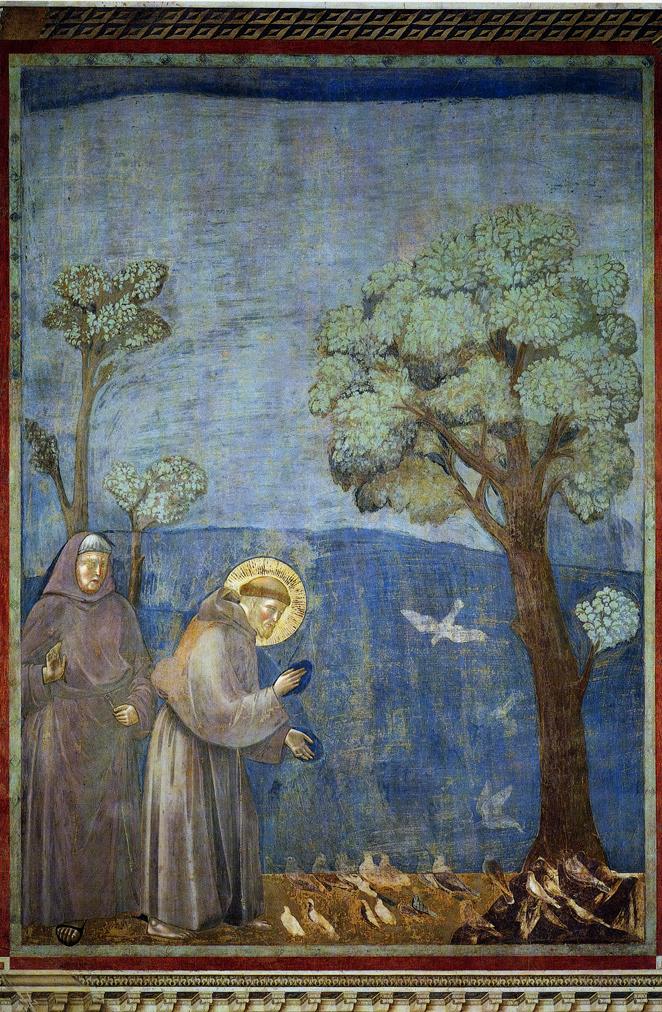
The assumptions of Marxist ideology have seeped into the mainstream and adopted by people who very often are not aware of the implications of what they think. This is true of many who call themselves Christian.
Many Catholics, for example, (all the way to Rome) accept the Marxist critique of capitalism and the free economy without realising that this critique promotes a worldview that is contrary to their own faith. It is not common for people to see private property as necessary evil rather than a good upon which a Christian society must be founded. Similarly there are many Christians who are sympathetic to other socialist or Marxist ideas and who are unaware that they are working with a force that is directed towards the destruction of their Christian faith and all the main institutions of society. It sounds virtuous to be in favor of diversity and equality, for example, as long as we don’t investigate too far the consequences of the policies proposed to rectify the supposed lack of diversity and inequality.

It is difficult to know why the art world claims that post-modernism as defined above is the ethos of contemporary art when it is clearly following a Marxist path. One suspects that this is not subterfuge. Rather, that the Marxist worldview is so deeply embedded in the psyche of modern academia that many are simply unaware of the axiomatic principles that become the measure of truth. So perhaps Chris Ofili, the artist referred to in Part 1, thinks he is a postmodernist, and does not realise that he is only permitted to be one insofar as it doesn’t contradict the Marxist narrative of what constitutes truth.
To highlight one other example of how the battle of ideas has played out in the art world. Marxist philosophy is the main driving force behind the frequently stated, but false, claim that Christ is traditionally painted as a Caucasian, and that this has been done in order to promote a white patriarchy. It displays a shocking ignorance of Christian art (as I described in this article here) and of the origins and attitude of Christians through centuries, yet it is a story that surfaces regularly.
For example, as I write this in early May 2019, a random search on the internet revealed that on April 19th 2019 an article appeared in the New York Times headed, ‘As a Black Child in Los Angeles, I Couldn’t Understand Why Jesus Had Blue Eyes’. If the writer in question had seen authentic Christian liturgical art, and had a good appreciation of the traditions from which it comes, then he wouldn’t have asked such questions. There are images of Christ with blue eyes, no doubt, but they are not representative of the norms of Christian tradition through centuries.
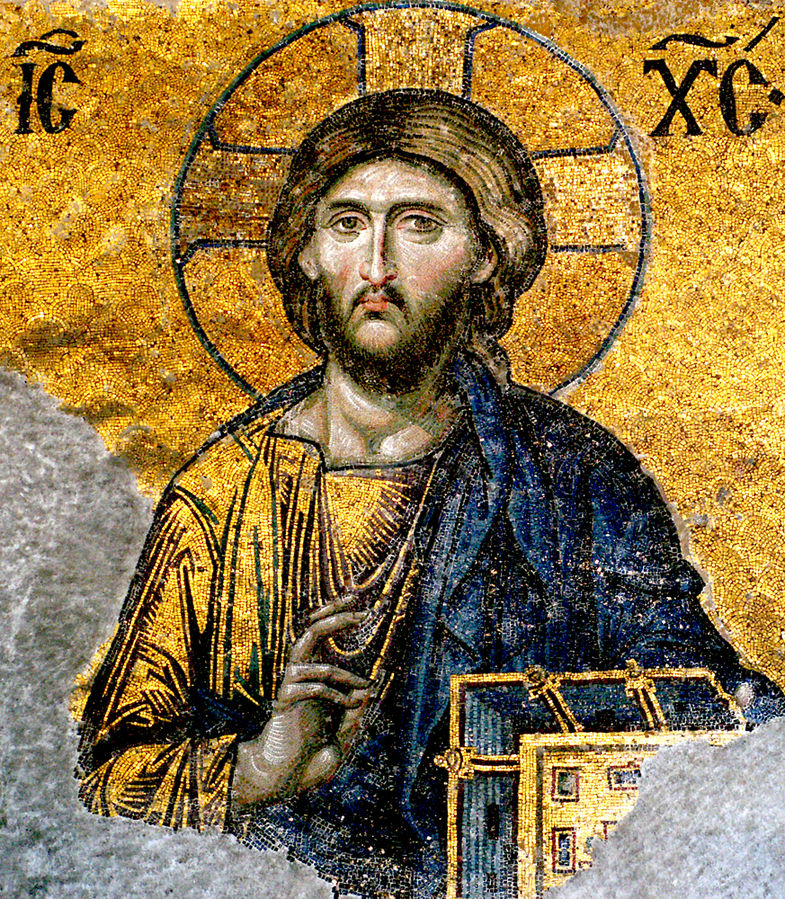
Consistent with this broader narrative, art history for the cultural Marxist is always described through the lens of class struggle, defining categories of people by race or gender, for example, in which one category, for example, caucasian males, are oppressors who exerts power and domination over all others, who are the oppressed. Rarely, for example, is an artist or his patron of the past assumed to be motivated by an authentic faith and by the love of the Church. Human motivation, in their eyes, is always attributable to socio-economic factors and to promote the power, the wealth and the status of the oppressor class.
As Christians we must be aware of this narrative and be ready to counter it forcefully. Striving for an authentic and beautiful culture is part of how we wage the war for the good and, contrary to the effect of Marxism, the measure of our victory is peace. The culture war is a real one, and those against whom we are pitted are setting a trajectory that has the elimination of the Church as one of its goals.
As part of our response, we must first appreciate the importance of culture in transmitting values, just as the socialists have done, and then strive to create a beautiful culture that reflects our values and will displace the Marxist inspired culture. We should reject the assertion that cultural diversity is a good and assert, rather, that a Christian culture is superior to, and more beautiful, than all other cultures.
In the context of sacred art it means that we assert the value of the traditions of Christian sacred art forcefully and counter the Marxist narrative of history with the Christian salvation history. It means also, working to change or replace existing art schools, and providing a more compelling critique of art than that of the critics in the mainstream media. Nearly every newspaper or TV station art correspondent is pushing Marxist ideology in the form of Critical Theory. In order to do this we must be aware of both what we stand for and what the Marxist theorists stand for.
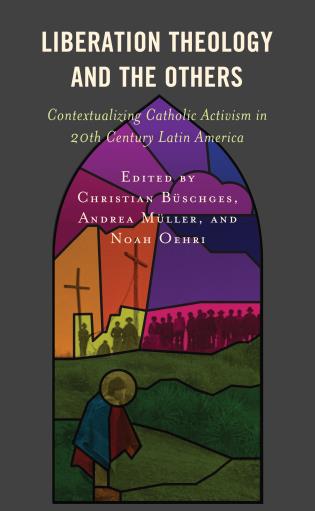
The most powerful way to counter this threat to the Church is by creating a culture that reflects the beauty of God and the divine order that is more desirable than all others. A Christian culture is a beautiful gift that should be offered to all peoples, along with the Faith that it emanates from and directs us to. A Christian culture should characterize the society from which emanates and so, as Americans, we should aim to reestablish American culture, a culture that is beautiful, Christian, and characteristically American.
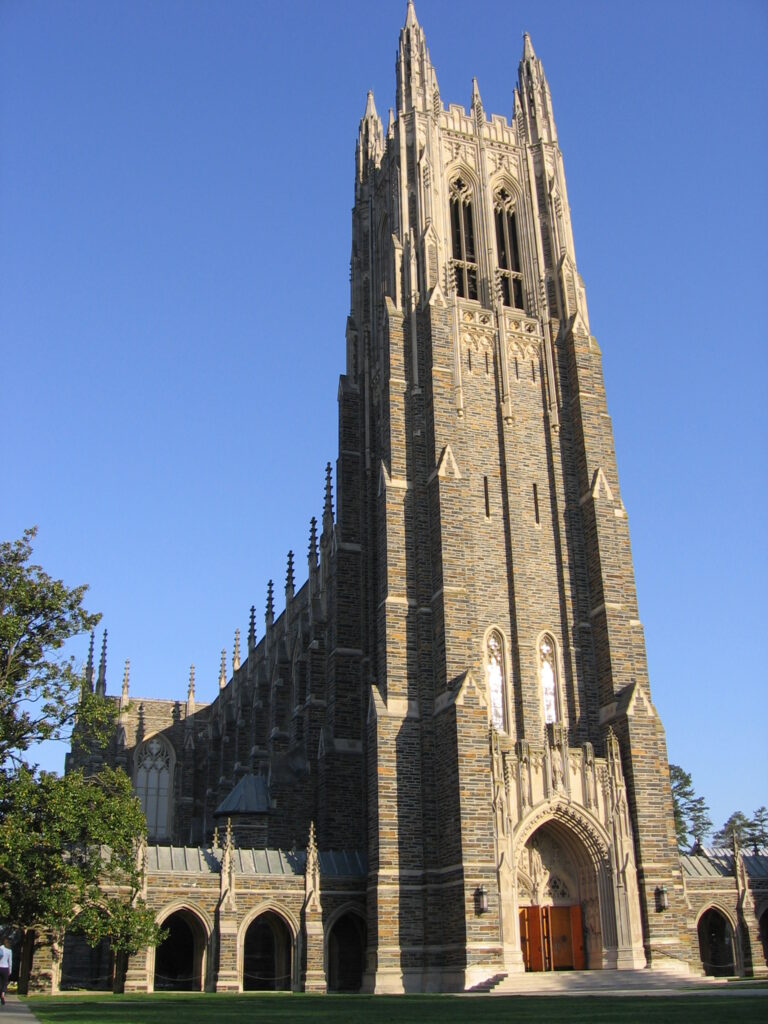
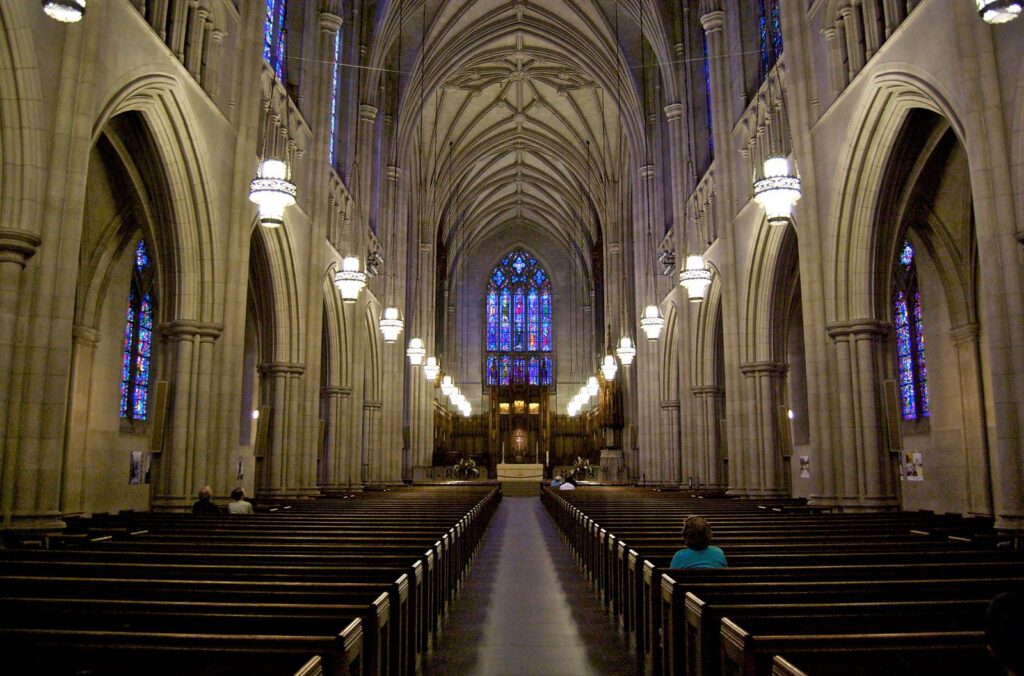
From the Beauty | David Clayton | Marxism | Post Modernism | Sacred Art series
View more Posts